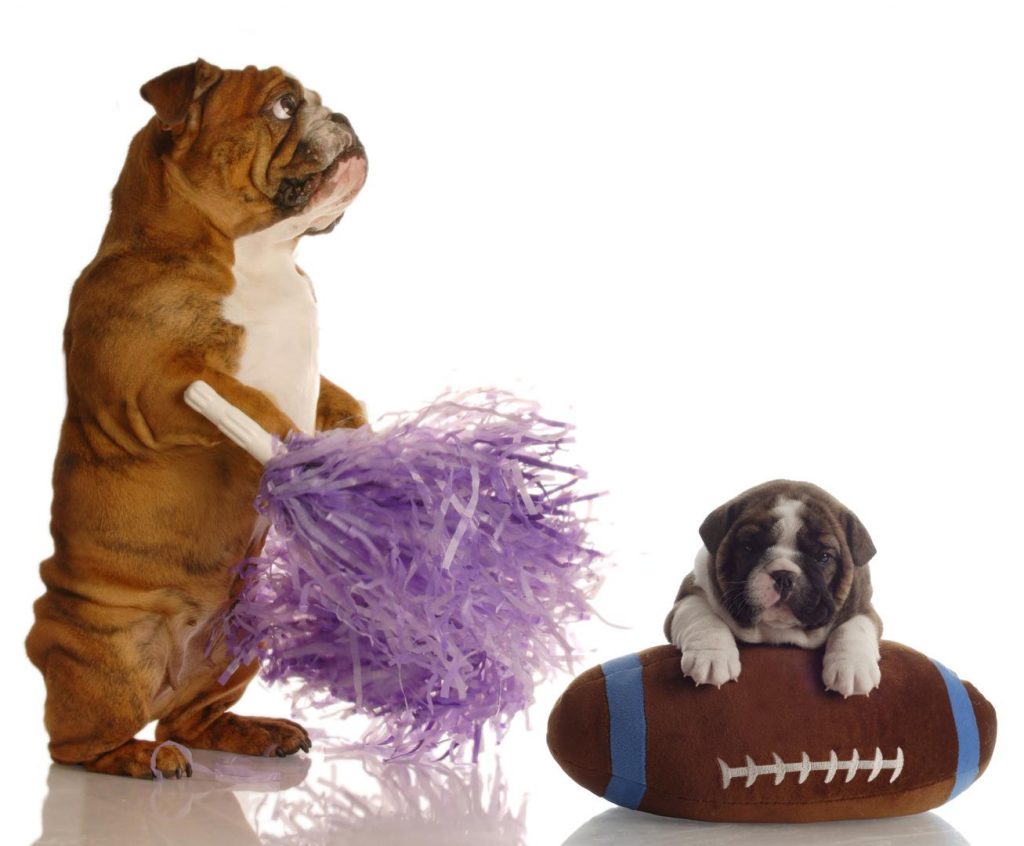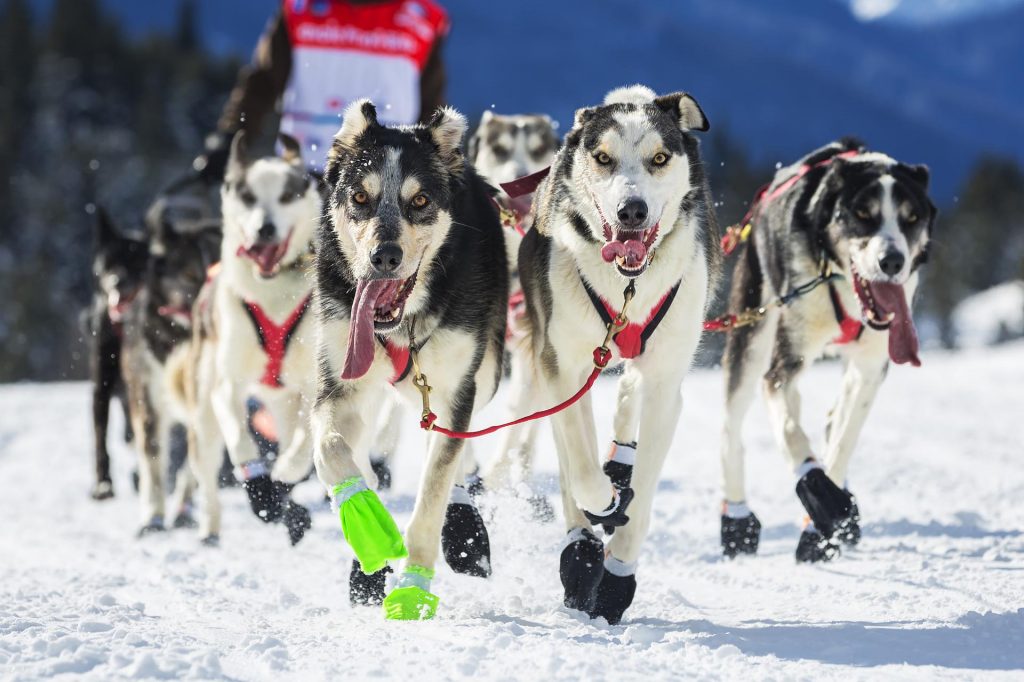Being a part of a team or ensemble can be fun and uplifting. And for the audience, a great team is a joy to watch.
Ask any sports fan. They’ll tell you this is true.
In contrast, let me describe the on-screen action I saw in a recent online group presentation. Maybe this will sound familiar to you:
Two guys fiddled on their phones while one colleague talked. Then guy #2 started talking.
Guy #1 and #3 started playing with their phones. When guy #3 talked, a woman seated at the conference table rolled away and faced the door.
Let’s pretend the content of this meeting was strong and the information was outstanding. What did the non-verbals say?
Hot. Mess.
You guessed it. This was not a great team showing.
Each person focused solely on their own personal performance while speaking. They barely acknowledged the others in the room.
My guess? They didn’t know what team role to play while they weren’t speaking.
That’s not a team presentation. That’s a series of individual performances.
If you’re not talking, you’re still presenting. You need to be active and engaged in a team presentation.
What role should you play in a team presentation when you’re not talking? It depends.
Huddle with your the team before the show. In general, there are two non-speaking roles:
1) cheerleader or 2) observer.
What do I mean by cheerleader? What role do cheerleaders play?
By cheerleader, I mean when one of your team members is talking, you look at them. You focus on the speaker and give them your energy.
You smile and nod when it’s appropriate. You make it clear to the audience that you think the presenter is a genius.
You give your team member your undivided attention and full support. That’s what I mean by cheerleader.
You’re not waving pompoms. You are sending positive energy to your team member so they deliver a better presentation.
You’re also sending a great non-verbal message to the audience. Your body language puts the audience at ease.
When you pay attention to the speaker, so does the audience. When they see you smile and nod, they’re more likely to mimic your behavior.
But cheerleader isn’t the only position you can play. You can also be an observer.
What’s an observer? What role do observers play?
The observer looks at the audience and picks up on their non-verbal cues. Hey, did somebody look confused when your speaker said something?
Or if it’s an online presentation, did someone write in with a question or comment? The observer watches quietly, and sometimes takes notes.
The observer can feed the speaker with questions after he or she finishes speaking. Observers often positively rephrase any parts that may have caused confusion.
For example,
“That was great, Laura. I especially liked that part where you said ‘just because you’re not speaking doesn’t mean you’re not presenting.’ To me, that means I’m not going to check my phone or otherwise check out mentally while you’re talking. I’m on your team, so I’m going to give you my attention. Good advice!”
See what the observer did? The observer was active and engaged. The observer supported and reinforced the speaker’s message.
If one of your team members or co-presenters is talking, give that person your support. You may be a cheerleader or an observer, but decide ahead of time what role you’re going to play when you’re not talking.
Then, act your part. When you’re giving a team presentation, be mindful of what you’re doing when you are not speaking.
Go team!
Laura Bergells is a writer, teacher, and a LinkedIn Learning course author. Check out her courses on Crisis Communication and Public Speaking.
Laura has decades of experience as a business communication coach. She has a Master’s Degree in Public Administration and leads workshops on effective communication. You can find Laura on Twitter and at YouTube.




